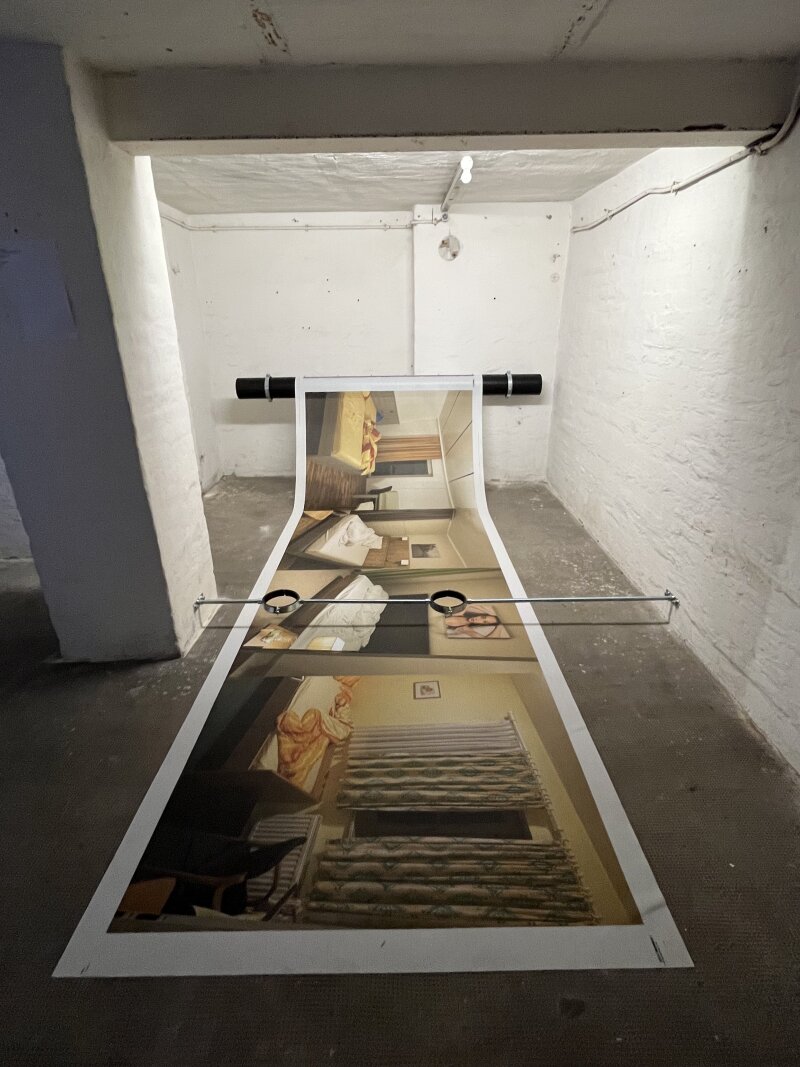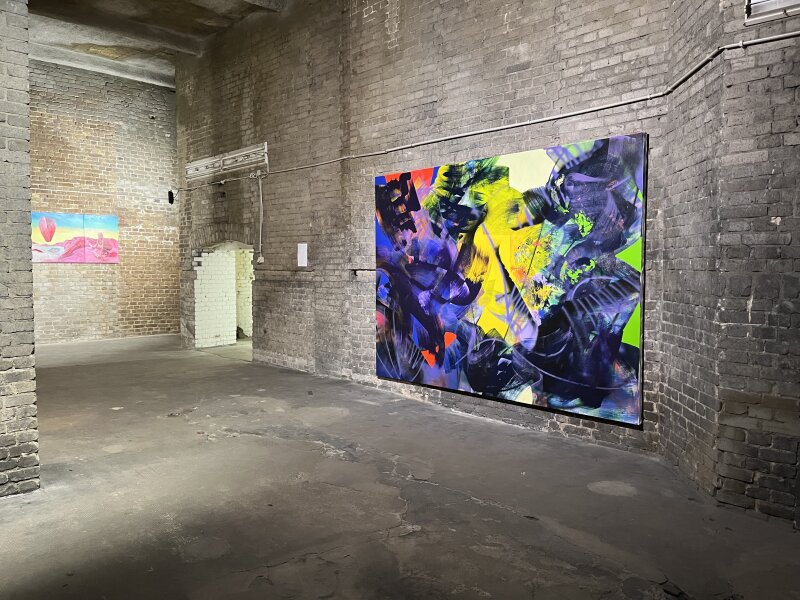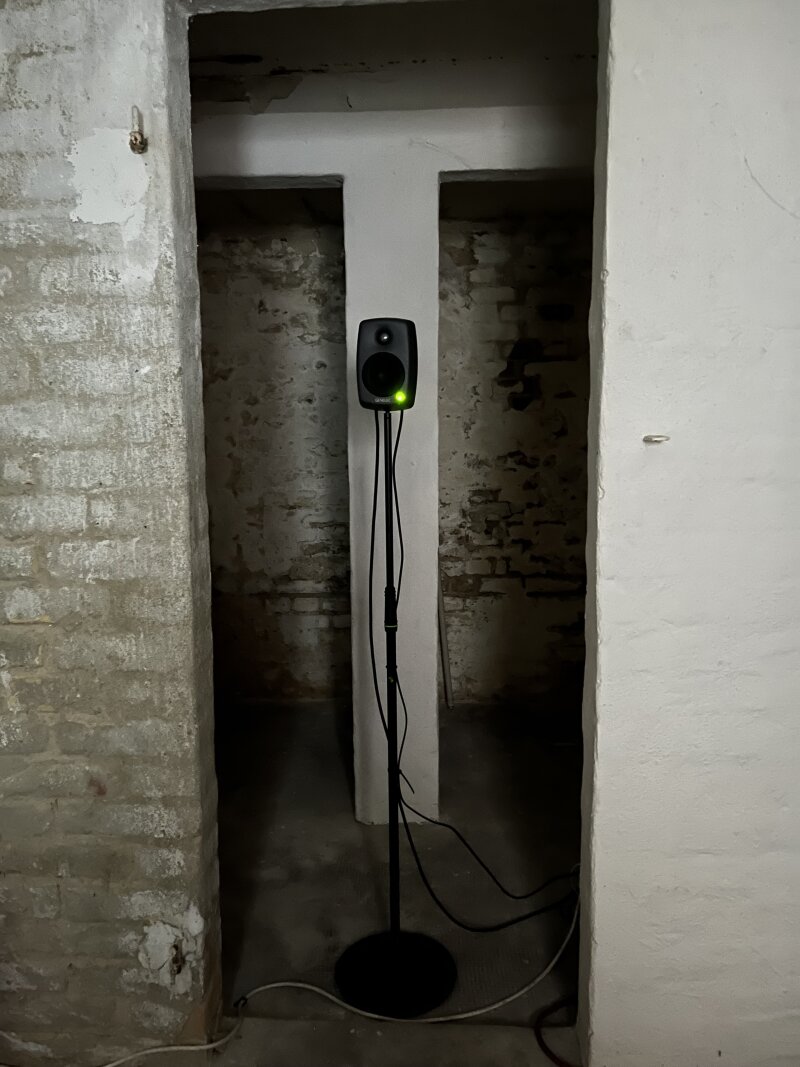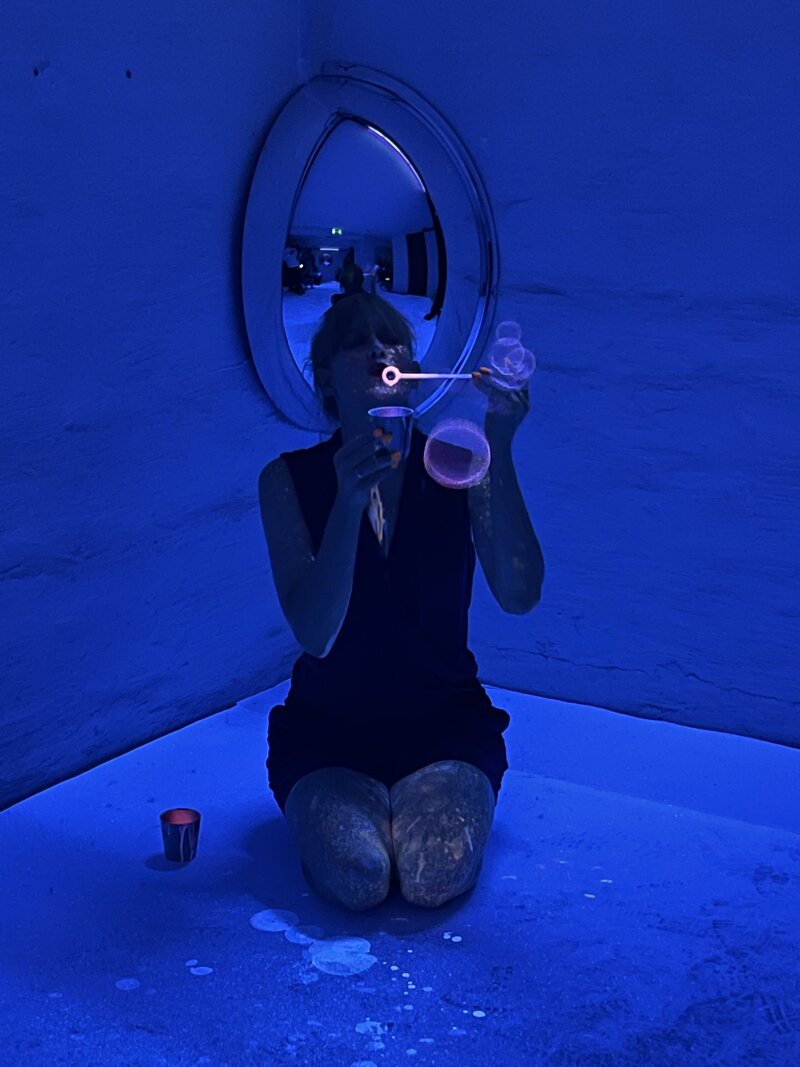Internal Clocks
28 October - 4 November 2022
Culterim Gallery
Kaiserdamm 102
14057 Berlin
28 October - 4 November 2022
Culterim Gallery
Kaiserdamm 102
14057 Berlin
Whose time zone are we in? How do we define our internal clock or rather clocks? We find ourselves in multiple time zones simultaneously traveling virtually and yet we feel as if we’re running behind time, or needing to catch up. We resist time determining our actions, but we are a part of it. Planning for a better future - a new type of survival mode? Time is calculated by screen time. Offline we recover in nature. Is this never-ending social jet lag syndrome reflecting our condition of disorientation?
An internal clock can be understood as the underlying drive or cause to affect a series of outcomes, states or events. To what extent do we live by the circadian clock synchronized with solar time? Concepts of linear and chronological time don‘t reflect interruptions and phenomenological time.
The exhibition Internal Clocks seeks within the imagination to interpret our contemporary condition whilst offering new rhythms, rituals and traces. Multiple versions of clocks act as an operating model. Twenty-one artists working with sculpture, painting, sound, video, installation and performance, have created works each ticking within their own oscillating apparatus. Multiple versions of clocks act as models to assist in new thinking operating from a heterotopian standpoint.
Encapsulated from the outside world Internal Clocks takes place in a former air raid shelter. In World War II it protected 250 people. The subterranean relic once stored debris during the construction of the underground railway system in 1908. Underground, without any phone or internet connection, the viewer is aware of their own perception. The exhibition experience can only take place in the mo- ment. The space inside the former air defense bunker Berlin-Charlottenburg breathes with optimism.



Donia Jorod, ifeltitonce, 2022 (excerpt clip)
4K single-channel video (color, sound), 4’ 43”
3D printed PLA and pigmented wax

